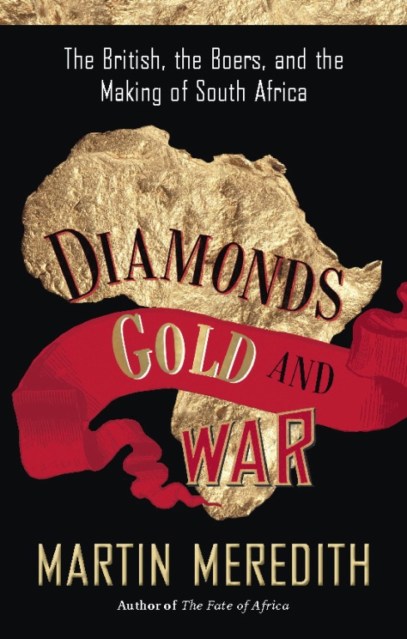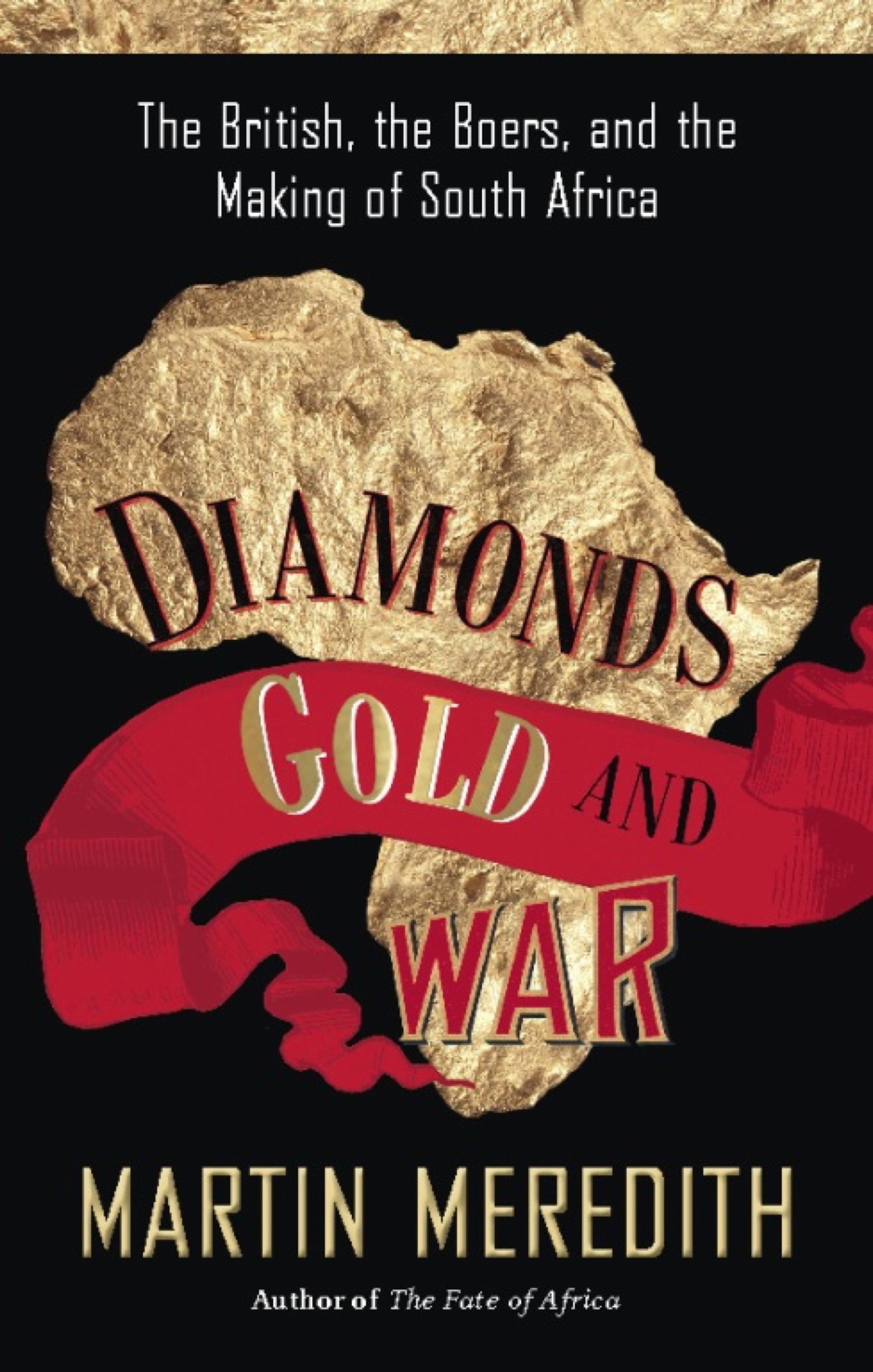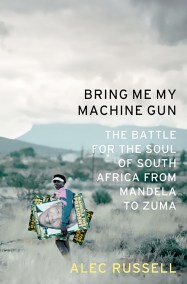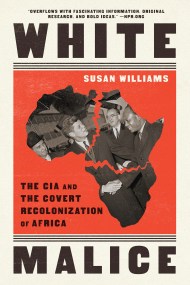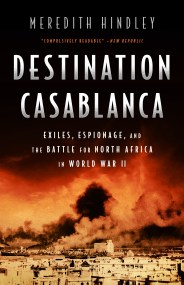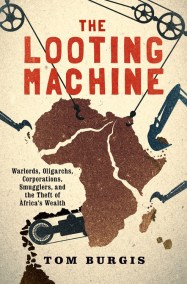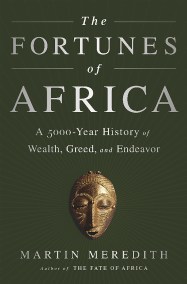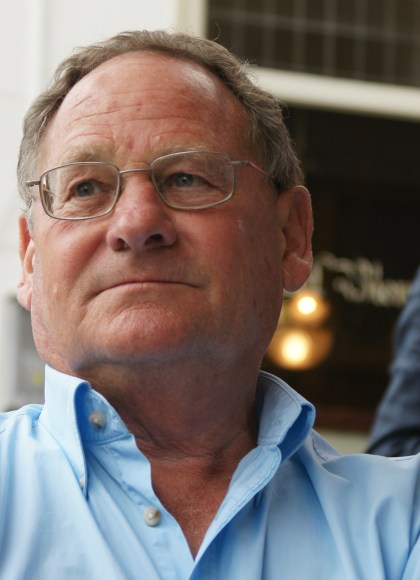Promotion
Use code MOM24 for 20% off site wide + free shipping over $45
Diamonds, Gold, and War
The British, the Boers, and the Making of South Africa
Contributors
Formats and Prices
Price
$12.99Price
$16.99 CADFormat
Format:
- ebook $12.99 $16.99 CAD
- Trade Paperback $25.99 $33.99 CAD
This item is a preorder. Your payment method will be charged immediately, and the product is expected to ship on or around September 23, 2008. This date is subject to change due to shipping delays beyond our control.
Also available from:
Southern Africa was once regarded as a worthless jumble of British colonies, Boer republics, and African chiefdoms, a troublesome region of little interest to the outside world. But then prospectors chanced upon the world's richest deposits of diamonds and gold, setting off a titanic struggle between the British and the Boers for control of the land. The result was the costliest, bloodiest, and most humiliating war that Britain had waged in nearly a century, and the devastation of the Boer republics. The New Yorker calls this magisterial account of those years “[an] astute history.… Meredith expertly shows how the exigencies of the diamond (and then gold) rush laid the foundation for apartheid.”
Genre:
- On Sale
- Sep 23, 2008
- Page Count
- 592 pages
- Publisher
- PublicAffairs
- ISBN-13
- 9781586486778
Newsletter Signup
By clicking ‘Sign Up,’ I acknowledge that I have read and agree to Hachette Book Group’s Privacy Policy and Terms of Use
